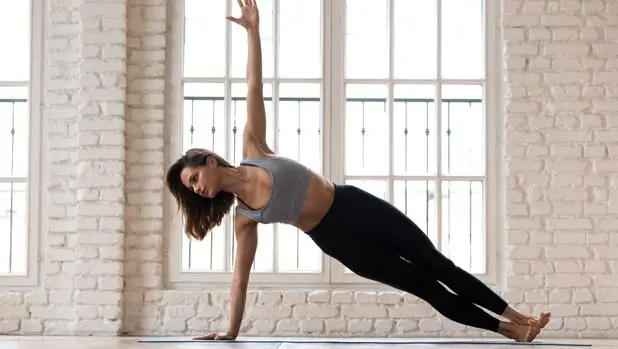Fitness Core

It is called by the name of Core al muscle group that surrounds the center of gravity of our body. Core is an English word that precisely means core or center. Although it is a relatively small area, which begins below the navel, it is made up of numerous muscles: The main ones are the rectus abdominis, the transverse abdomen, multifid muscles, external and internal obliques, pelvic floor, diaphragm, quadratus lumbar and erector spinae. But in addition, although they are not part of the Core directly, other muscles that have insertions in the hip are also involved to some extent, such as the glutes, the hamstrings and the rotator groups of the hip.
These muscles are the body stabilizers and as such they are involved in almost all its actions. They stay activated when standing, as well as when sitting, in the flexion of the waist, as well as on the side. A good toning of the Core promotes balance and improves posture. In addition, these muscles are also responsible for supporting the internal organs that are housed in the trunk.
But its importance goes even beyond the stability of the trunk and the pelvis since it is involved in functions such as breathing, with the work of the diaphragm that contracts and moves in the direction of the pelvis on inspiration and makes the reverse journey in expiration. Furthermore, these muscles are involved in digestion The diaphragm and the transverse abdominis are important for abdominal compression and decompression helping the movement of food through the intestine and the expulsion of waste.
The contraction and relaxation of the Core favors venous return and the distribution of blood as a pump that helps the movement of fluids in the body. The muscles that surround the center of gravity of our body must also be strong to control the pressures that are produced in the body when sneezing or coughing to avoid inconveniences such as urine leakage. In short, the name Core, from English, nucleus, defines in form and in depth the nuclear importance of this muscle group.
Training
When doing any type of exercise it is advisable to activate the Core to have a good posture and make it more effective, but in addition, there are specific exercises that help keep you in shape and tone it.
– Plates: both isometric and dynamic, frontal or lateral, are one of the most complex exercises to work the Core.
– Bridge: hip and lower back strengthening exercise.
– Bicycle abs: Very complete abs that work both the front and the obliques.
– Superman pulls or lumbar: exercise that strengthens the lower back.
The core and emotions
Although it may not seem like it, the state of the Core is not just about training. Moods cause posture to change causing twisting and tension in different parts of the body. This posture caused by an emotional maladjustment maintained over time causes chronic pain, therefore, emotional states such as stress or anxiety can affect the Core and cause musculoskeletal problems.









